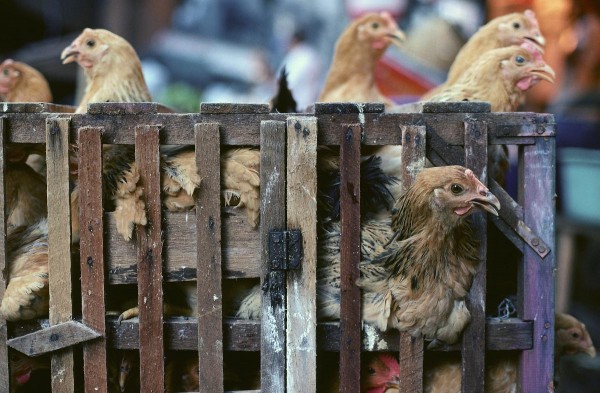Brooding new chicks without using supplemental heat
01/21/2016 / By usafeaturesmedia

(Homesteading.news) The first month of the year is just about over and for some, thoughts are already turning to spring, either out of necessity (homesteaders need to plan ahead) or just plain desire (winter can make homesteading tougher).
With that in mind, as spring approaches many are thinking about hatching more chicks, and they, of course, will need brooding – but not all homesteaders have a brooding location with power to supply needed heat.
There is a way to provide some warmth to your new chicks without a power supply or chick brooder, though it’s probably best to wait until the colder days of winter are behind you and spring is much closer. Also, having a larger number of chicks to brood – that can help keep each other warm as well – helps.
As noted by Jerry Ward at Save Our Skills, he used a material known as “radiant insulating foil,” which resembles bubble wrap that is coated with a thin layer of aluminum. Think of it as a bit like one of those tinfoil-looking solar rescue blankets that help humans stay warm in a pinch.
The way it works is this: The radiant insulating foil reflects chicks’ body heat back to them; when you have enough chicks to create critical mass, then they basically keep themselves warm.
- “Like” us on Facebook and never miss another Homesteading.news update!
“The first time I used some straw bales to build a U shape and lined it with the foil and then used a sheet of OSB for the top, again with the radiant foil on the inside,” Ward wrote. “At night or if they got cold they would all huddle under the foil and warm up. When they were too warm they would spread out a bit.”
One other time Ward says he lined the inside of a cardboard box with the radiant foil, but he says that was in late spring when the cold weather of winter had largely disappeared.
He also says he has yet to lose any chicks in the process, but he warns that if the weather is very cold or you have too few chicks you may indeed lose some without a traditional brooder.
He first read about this technique in a post by Robert Plamondon; he, too, has had success with this no-heat method of brooding.
“Since it makes my life simpler I decided to try to and have been happy,” Ward noted. “I need to build something more durable/permanent, but to date the quick and easy has always won out.”
Below is a video another couple produced showing how they used radiant heat to brood their chicks without electricity:
They heated water using a wood stove, then poured some of it into an empty plastic container, then put the container in with their chicks.
Homesteading.news is part of the USA Features Media network of sites. For advertising opportunities, click here.
Tagged Under: chicks





















